| Use NERC’s Guidance Resources toStreamline Your Compliance Effortsby Sean Thompson – Senior NERC Reliability Specialist |
According to NERC’s Compliance Guidance Policy, the success of compliance monitoring and enforcement of mandatory NERC Reliability Standards rests on a common understanding among registered entities and NERC’s or Regional Entities’ Compliance Monitoring and Enforcement Program (CMEP) staff of how compliance can be achieved and demonstrated. For many standards, this is straightforward, but – as NERC acknowledges – there are others for which a variety of approaches may achieve the same objective.
NERC offers two different Compliance Guidance resources: the CMEP Practice Guides, which provide direction to ERO Enterprise CMEP staff on how to execute the monitoring and enforcement activities identified in the CMEP; and Implementation Guidance intended to help registered entities implement the standards by offering examples of successful approaches used by other entities.
CMEP Practice Guides
These guides focus on how CMEP staff are to execute compliance monitoring and enforcement activities. They provide a uniform approach for enforcement and – from the perspective of registered entities – offer insight into CMEP auditing practices, risk assessment techniques, policies to be implemented, areas likely to receive attention in an audit, and some assurance of consistency in how compliance is enforced.
Implementation Guidance
The Implementation Guidance provides registered entities with examples of how to go about meeting the requirements of a particular standard. It also includes a mechanism for an entity to use in submitting an approach it found effective and getting it vetted by the CMEP staff for posting as one such example of how to effectively achieve compliance. By following one of these ERO-endorsed examples, an entity improves its chances of meeting the compliance requirements stipulated by the standard.
The Implementation Guidance does not claim to identify the only approach to achieving compliance, but merely to highlight one or more approaches that have successfully met requirements. The guidance welcomes entities to choose alternative approaches that better suit their particular situation or operational characteristics.
To post an approach in the Implementation Guidance, you can initiate the process in either of two ways:
- During the NERC standard development process, the drafting team can identify examples that will be vetted through the normal standard development process.
- After a standard is approved in a final ballot, registered entities may submit their approaches for vetting through a pre-qualified organization. Appendix B includes a list of 18 such organizations, including the North American Generator Forum (NAGF) of which NAES is a member (see the link below). Once the approach has been vetted through one of these organizations, it is sent to NERC for endorsement.
Other Guidance Resources
NERC has recently released a number of other ERO Enterprise-endorsed implementation guidance documents, including one for implementing FAC-008-3. This FAC-008-3 Standard Application Guide assists employees who are new to NERC compliance with developing facility ratings. Another helpful document is the CMEP Practice Guide for Phased Implementation Completion Percentages. It provides a set of guiding principles for developing a phased implementation plan, which has historically been a challenge for the industry.
You can find the NERC Compliance Guidance and the aforementioned list of pre-qualified vetting organizations on the NERC website. Familiarizing yourself with these resources will streamline your pursuit of NERC compliance and effective internal controls.











